In a series celebrating BD’s Architect of the Year Awards finalists, we look at the Net Zero Architect of the Year shortlist
Earlier this year BD announced all the architects who made it on to the shortlists for our prestigious annual Architect of the Year Awards.
Now we are shining the spotlight on each category in turn and publishing a selection of the images that impressed the judges.
This year’s judges include: Yẹmí Aládérun, head of development, Meridian Water, Enfield Council; Alexandra Andone, associate director, PRP; Amr Assaad, board director, Buckley Gray Yeoman; Lee Bennett, partner, design chair and school lead, Sheppard Robson; Sarah Cary, chief development officer Imperial College, White City Campus; Irene Craik, director, Levitt Bernstein; Alex Ely, founding director, Mae; Martyn Evans, creative director, LandsecU+I; Gavin Hale-Brown, director, Henley Halebrown; Tanvir Hasan, director emeritus, Donald Insall Associates; Lee Higson, board director, Eric Parry Architects; Nigel Hugill, chief executive, Urban & Civic; Kirsten Lees, managing partner, Grimshaw; Oliver Lowrie, director and founder, Ackroyd Lowrie; Anna Mansfield, director, Publica; Michelle McDowell, non-executive director, Civic; Ian McKnight, founding partner, Hall McKnight; John McRae, director and trustee, Orms; David Partridge, chairman, Related Argent; Sarah Robinson, asociate director, The King’s Foundation; Philippa Simpson, director for buildings and renewal, Barbican Centre; Kevin Singh, head, Manchester School of Architecture; Karl Singporewala, founder, Karl Singporewala Design Bureau; Jonathan Smales, founder and CEO, Human Nature; Elizabeth Smith, chairman and regional director, Purcell; Alan Stanton, principal director, Stanton Williams; Amin Taha, chairperson, Groupwork; Magali Thomson, project lead for placemaking, Great Ormond Street Hospital; Tatiana von Preussen, co-founder and director, vPPR; Jo Wright, director, Perkins&Will.
Today’s shortlist is for the category of Net Zero Architect of the Year.
Chetwoods
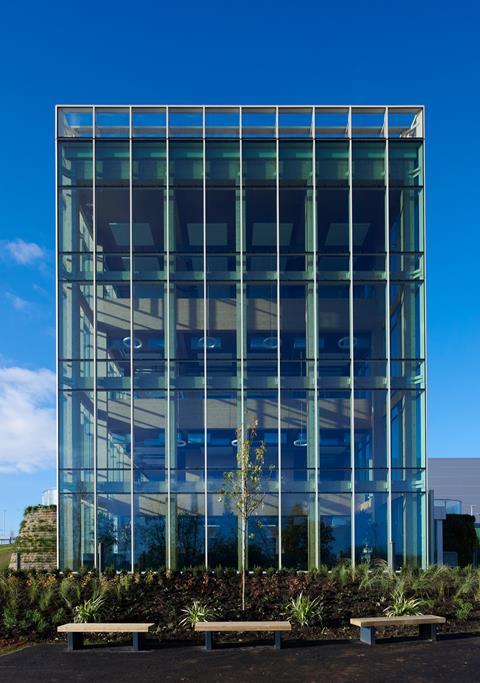
Chetwoods’ Baytree Nuneaton is one of the first UK examples of large-scale timber structure within an industrial and logistical project, enabling significant carbon reduction. The practice subsequently initiated roundtable events and research aimed at encouraging greater use of timber in the sector. It also delivered Material Matters industry workshops on reducing embodied carbon and promoting circular economy principles, and has an ongoing Circular Lifestyle project.
EPR Architects

The entry comprises three net zero carbon new builds and a retrofit, All Saints, that serves as the practice’s London studio. In Battersea, it has completed the WELL Platinum-rated OSMO, a 13-storey office building with an emphasis on wellness and sustainability. The submission includes two ongoing Manchester workplaces, The Alberton and Colloco. The latter is designed to be net zero carbon in both construction and operation.
Gbolade Design Studio
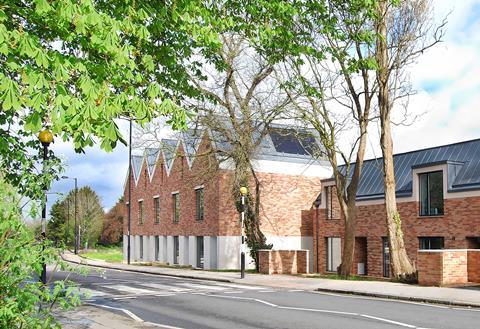
Two residential projects demonstrate the emerging practice’s commitment to sustainability. Hermitage Mews, a development of eight townhouses in south-east London, is designed to achieve net zero targets. The timber-structured homes meet the RIBA’s 2030 Climate Challenge, minimising embodied carbon and reducing operational energy, with average u-values of 0.10W/m²K. The Director’s Cut, a house in Saffron Walden, is a deep retrofit of a historic vicarage, achieving LETI retrofit best practice.
Morrison Design Ltd
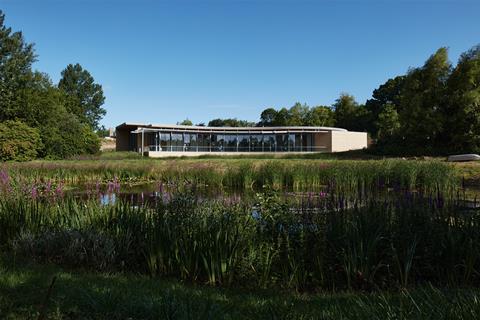
Lubrizol, a conference facility for a chemical corporation in Derbyshire, is designed to protect internal spaces from overheating in the summer, whilst taking advantage of passive solar heat in the winter. The £9million building also incorporates heat recovery systems and natural ventilation. An ongoing refurbishment of the St. Regis London, The Westbury demonstrates considerable carbon savings over demolition and new build. In Derby, the practice is designing a hub for sustainable travel.
Orms Architects
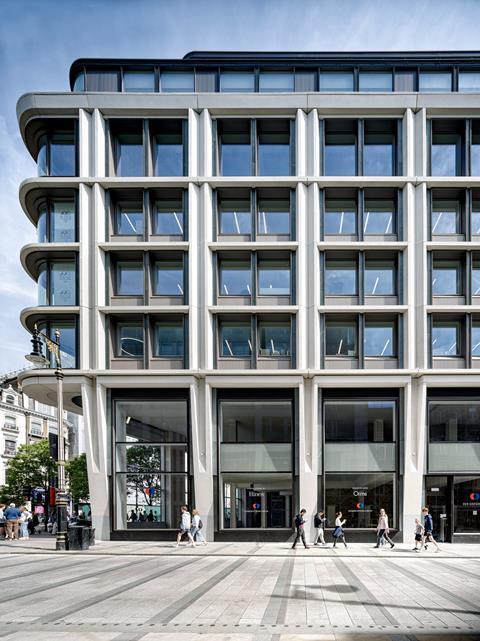
Material re-use is a driving factor in the four London office refurbishments submitted by Orms. At The Bailey in the City of London, 92% of the original structure was retained as part of an extensive remodelling. A deep retrofit and extension of The Burlian in the West End retained 75% of the original 1970s building and targeted net zero. The practice’s Materials Passports research informs projects for 10 Spring Gardens and 2 Waterhouse Square.
Postscript
The Architect of the Year Awards are on Wednesday, 16th October 2024 at The Brewery, 52 Chiswell Street, London, EC1Y 4SA.
Book your place here.



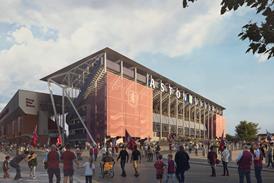
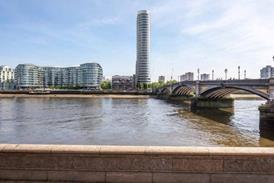











No comments yet